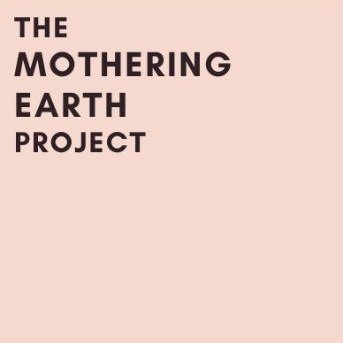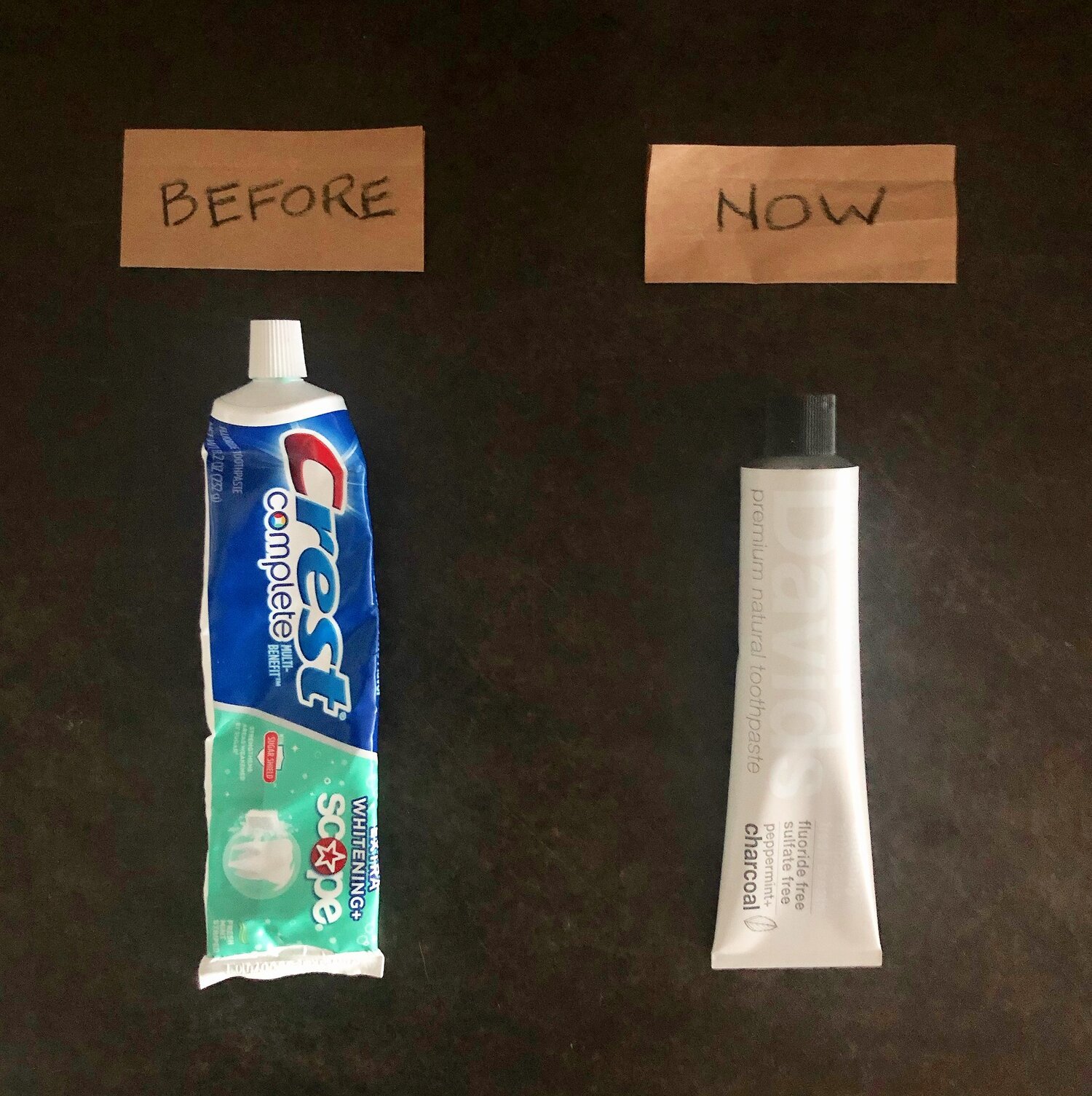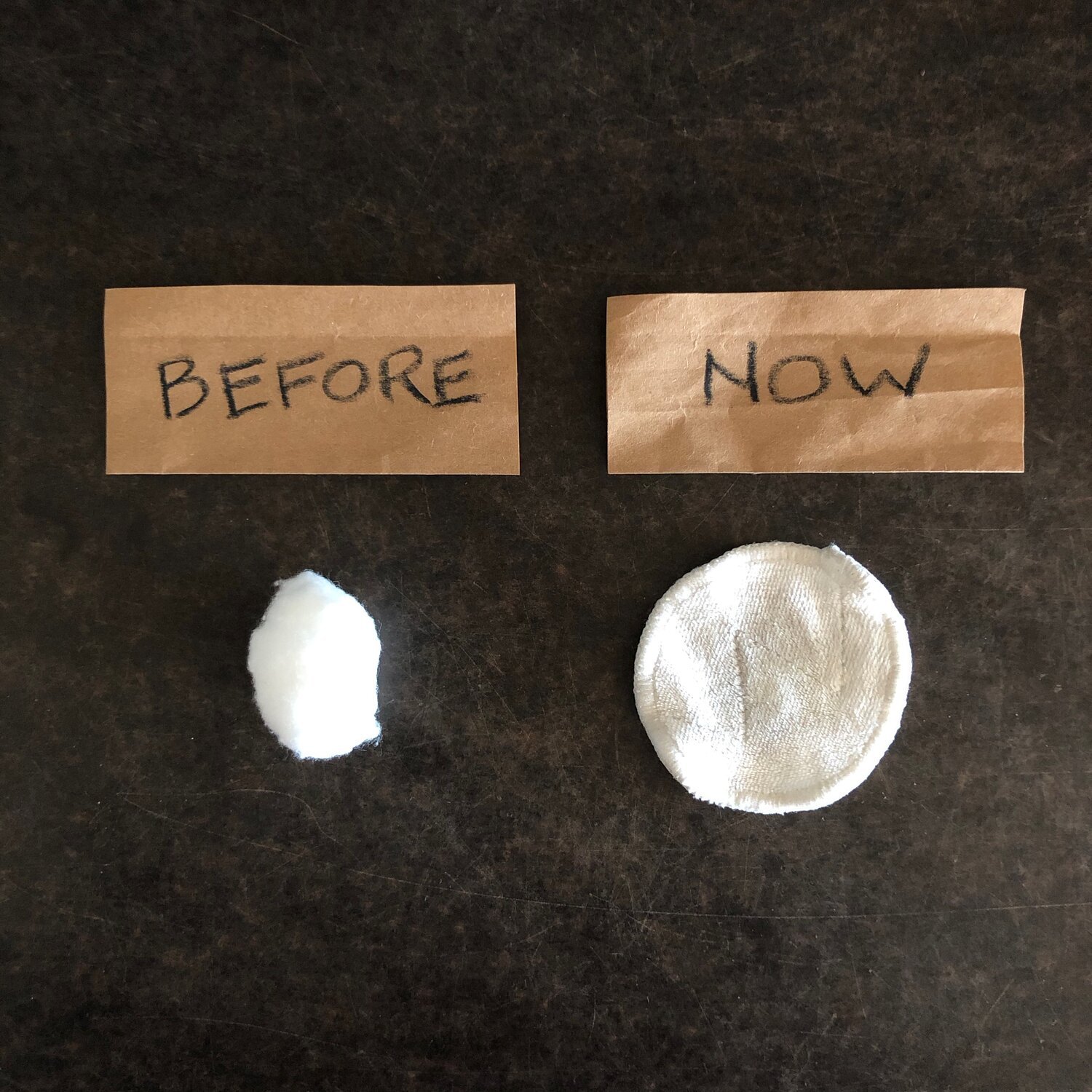8 Eco-Friendly Swaps for your Bathroom
Simple Sustainable Swaps
Plastic and single-use items have no place in our bathrooms and cutting them out doesn’t need to be difficult. And while it may feel like doing an eco-bathroom overhaul is a major lift, the truth is that it’s super simple. And I’m here to help. Here are eight simple, sustainable products to help you shift towards a more sustainable life.
Eco-Tip: Before you begin, do not, I repeat, DO NOT swap out your plastic or single-use items until you have finished up what you currently have. The most sustainable practice is to use what you currently own so be sure to finish up the cosmetic graveyard you currently have lurking in your bathroom drawers and cabinet before replacing it with a plastic-free or reusable item.
01. Your toothbrush
Did you know that all of the plastic toothbrushes that have ever been made/used /thrown out since their invention in the 1930s are STILL IN EXISTENCE? It’s overwhelming to think about, but it doesn’t have to be that way going forward.
The Alternative: Switching to a bamboo toothbrush is a no-brainer. Bamboo can be grown organically and is a sustainable resource. It is naturally antimicrobial and biodegradable. Most bamboo toothbrushes come in compostable packaging, like these by Brush with Bamboo. To learn how to dispose of a bamboo toothbrush, click here.
Note: If you have a stash of plastic toothbrushes from the dentist tucked in a drawer, use those first before going out and buying a new bamboo toothbrush. The most sustainable option is to use what you already own. Once they’ve run their course, buy bamboo (and politely decline a new plastic toothbrush at your next visit to your dentist).
02. Floss
Did you know that approximately 700 million plastic floss containers are discarded each year? And it’s not just the container it comes in that’s the problem, it’s the actual floss itself. Floss itself is made from plastic (including those flock picks)! Plus, it contains PFAS which can be harmful to your health!
The Alternative: Compostable floss made of either silk (not vegan) or plant-based (vegan). Compostable floss is generally coated with an all-natural, plant-based wax (and not petroleum-based paraffin like conventional flosses). The more eco-friendly option is to look for compostable floss with a refillable container (generally made of stainless steel or glass), but compostable, disposable paper containers are also available.
03. Toothpaste
It’s estimated that Americans throw out 400 million toothpaste tubes a year — globally it’s 1.5 billion! Plus, many conventional brands of toothpaste contain ingredients such as cetylpyridinium chloride, synthetic dyes, and sodium lauryl sulfate that you might want to reconsider using.
The Alternatives: Toothpaste that comes in a metal tube or you could try making your own.
04. Facial tissues
Americans use upwards of 255,360,000,000 disposable facial tissues each year. That’s a lot of trees. Additionally, paper manufacturing is harsh on the environment (destroys wildlife habitats; water and air pollution; emits global warming gases, etc.), the tissue has to be transported to the store (more greenhouse gases) and then disposed of (more greenhouse gases).
The Alternative: Rather than using disposable products that have to be made over and over for you to use a single time, consider reusable options, such as a handkerchief or bandana, instead. Store them in a container (instead of a tissue box) so you have them ready for a sneeze or snotty nose. Use them once or twice and then toss them in with the dirty clothes. They are much softer on delicate baby and kid skin which is a huge bonus (no red chafed noses when things get super snotty). Plus, they are thicker than traditional tissue, keeping hands stay dry (perhaps even preventing the spread of germs?) with each snotty nose wipe.If you don’t want to buy anything, you can cut up an old flannel or cotton shirt. If you’re not quite ready for a cloth handkerchief (I’d recommend you give it a try first), at the bare minimum opt for tree-free or recycled paper tissues instead (as pictured above under “before”).
05. Your razor
Disposable razors are costing you money and the planet.
The Alternative: Make the switch to a stainless-steel refillable razor. While there is the cost upfront for the actual razor, they are less expensive over time. Replacement blades cost around .15¢ a blade compared to the average cost of a plastic razor cartridge, which usually costs about $4 per cartridge, sometimes more. Additionally, most refillable safety razors take back the used blades and will recycle them.
If you’re in the market, check out these eco-friendly razors from Oui the People, Leaf Razor, Rockwell Razors, and Albatross.
Reminder: The most sustainable option is to use up what you already have before replacing it with a more sustainable option. So if you have razor cartridges on hand, finish the box before making the switch!
06. Toilet paper
Americans are crazy for plush virgin pulp toilet paper, but did you know toilet paper accounts for 15% of deforestation? If you aren’t buying tree-free (bamboo) or recycled TP, you’re actively contributing to deforestation. We need to stop throwing our biggest defense against climate breakdown down the toilet!
The Alternatives: Recycled or bamboo toilet paper; or a bidet.
Recycled toilet paper is by far the most sustainable option when it comes to toilet paper options. If every American household replaced just one toilet paper roll of virgin-fiber a year with a roll made from 100% recycled paper, approximately 425,000 trees would be saved annually. However, be sure to look for brands that are BPA-free and do not bleach with chlorine.
Bamboo is the next most sustainable TP option. Bamboo can be harvested in 3 months while a tree can take 20+ years. Look for options that are free of PFAS and are not chlorine bleached.
A third alternative to toilet paper, which is also the most sustainable, is a bidet. Picking a bidet that offers warming options has a bigger footprint so opt for the cold water version if you want to be as sustainable as possible. However, if you live in a drought area, eco-toilet paper might be a better option to reduce the strain on your local water supply.
07. Cotton Balls
Swapping out single-use cotton balls or pads is an easy way to reduce waste in the bathroom.
The Alternative: Washable cloth pads made from organic bamboo, organic hemp, or organic cotton. They work so much better than disposable cotton pads and can be used for makeup removal, toner... whatever you’d use a cotton ball for before.
Store clean and dirty ones in separate jars. Then, on laundry day, rinse the used ones in the sink with a little hand soap, place them in a mesh washing bag (they usually come with one so they all stay together), and toss them in the laundry. They can be used over and over and over...saving money and stopping single-use waste.
08. Sunscreen
We talk about keeping our oceans plastic-free and yet isn’t it ironic (cue Alanis Morrissette’s song) that we use sunscreen that comes in plastic containers at the beach? No matter the season, it’s important to wear sunscreen every day but it doesn’t need to come at a cost to the environment.
The Alternatives: Sunscreen that comes in a metal or compostable container. Popular options include All Good SPF 50+ Mineral Sunscreen Butter (pictured above), Butterbean Organics: SPF30 Sports Stick or Original Formula SPF30 Sunscreen, or the All Good Sunscreen (which you can also get in tinted). In addition to sustainable packaging, many of these brands make their sunscreen with organic ingredients while also being water-resistant, and coral-reef-safe.
Note: Oxybenzone is one of the most common active ingredients used in sunscreens and can be found in more than 40% of non-mineral sunscreens. Mounting evidence shows that oxybenzone disrupts the hormone system. It also appears that children may be more susceptible to harm from oxybenzone “because of the potential for higher absorption and bioaccumulation” according to the Environmental Working Group. Additionally, the Haereticus Environmental Laboratory reminds us that “eighty-five percent of the Caribbean coral reefs died before 1999 or 2000. That wasn’t global warming. It’s pollution” from our sunscreen. Most sunscreens contain oxybenzone and/or octinoxate, chemicals that seep off of our skin and into the water where it is absorbed by corals and ultimately leads to coral bleaching. Additionally, parabens (preservatives found in sunscreen) are also toxic to fish. Thus, it’s important to look for coral-safe sunscreen when buying. Also, avoid aerosol spray sunscreens as well. A lot of the spray ends up on the sand which is then washed into the water with the tide and can harm ocean life, even if you’re not swimming in the water.
[source: 1]
read more:












